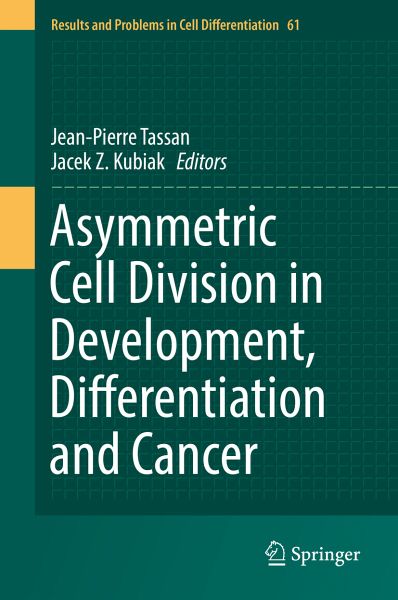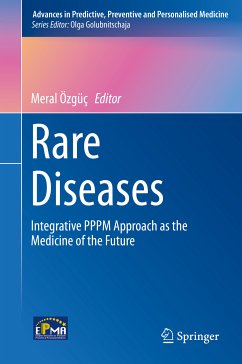
Asymmetric Cell Division in Development, Differentiation and Cancer (eBook, PDF)
Versandkostenfrei!
Sofort per Download lieferbar
136,95 €
inkl. MwSt.
Weitere Ausgaben:

PAYBACK Punkte
68 °P sammeln!
This book provides readers with an overview of the frequent occurrence of asymmetric cell division. Employing a broad range of examples, it highlights how this mode of cell division constitutes the basis of multicellular organism development and how its misregulation can lead to cancer.To underline such developmental correlations, readers will for example gain insights into stem cell fate and tumor growth. In turn, subsequent chapters include descriptions of asymmetric cell division from unicellular organisms to humans in both physiological and pathological conditions. The book also illustrate...
This book provides readers with an overview of the frequent occurrence of asymmetric cell division. Employing a broad range of examples, it highlights how this mode of cell division constitutes the basis of multicellular organism development and how its misregulation can lead to cancer.
To underline such developmental correlations, readers will for example gain insights into stem cell fate and tumor growth. In turn, subsequent chapters include descriptions of asymmetric cell division from unicellular organisms to humans in both physiological and pathological conditions. The book also illustrates the importance of this process for evolution and our need to understand the background mechanisms, offering a valuable guide not only for students in the field of developmental biology but also for experienced researchers from neighboring fields.
To underline such developmental correlations, readers will for example gain insights into stem cell fate and tumor growth. In turn, subsequent chapters include descriptions of asymmetric cell division from unicellular organisms to humans in both physiological and pathological conditions. The book also illustrates the importance of this process for evolution and our need to understand the background mechanisms, offering a valuable guide not only for students in the field of developmental biology but also for experienced researchers from neighboring fields.
Dieser Download kann aus rechtlichen Gründen nur mit Rechnungsadresse in A, B, BG, CY, CZ, D, DK, EW, E, FIN, F, GR, HR, H, IRL, I, LT, L, LR, M, NL, PL, P, R, S, SLO, SK ausgeliefert werden.












